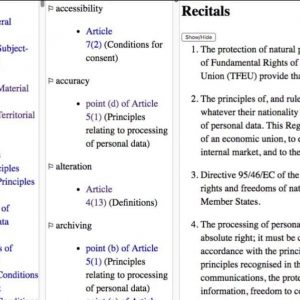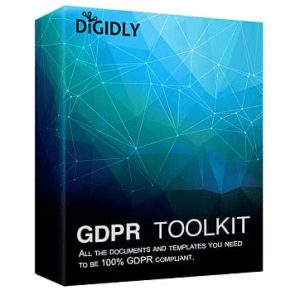How to Collect Data for your Association [Case Study]
Here is a practical example of how the GDPR also affects a small association.
The association in question had to do something involving the majority of the associations: collect the data of its members. But where to start?
First of all, we need to define what data we want to collect and for what purpose.

Let’s take a practical example:
1. Type of data: Name, Surname, Date of birth, Address, Email, and Telephone number.
2. The purpose for each data item– Name, Surname, Email, and Telephone: the creation of a classic section for the members of the association
– Email: sending newsletters
– Address: sending sponsored advertising
– Date of birth: age of the person for the members.
3. Analysis: with the aim, we realize that the date of birth is not an important element and therefore we decide not to collect the data. Dividing for 3 purposes, we already have the configuration that the end user would accept or not for each of the 3 purposes. For example, he may choose to grant data for the address book and the newsletter but not for sending advertising.
4. Data retention period: the simplest thing would be to put 20 years. However, we must make the period as short as possible to minimize the risks. So let’s say 1 year since a shorter period would compromise the goals. Each year, the data will then be requested and updated.
5. Next, we must evaluate where to save the data and how to ensure their safety.
How GDPR simplifies data collection for your small association?
Clearly, there are other points that should be dealt with: our data inventory excel asks 15 questions to be answered simply for each given data. This simplifies the work of data collection. Let’s see the GDPR data inventory map.








